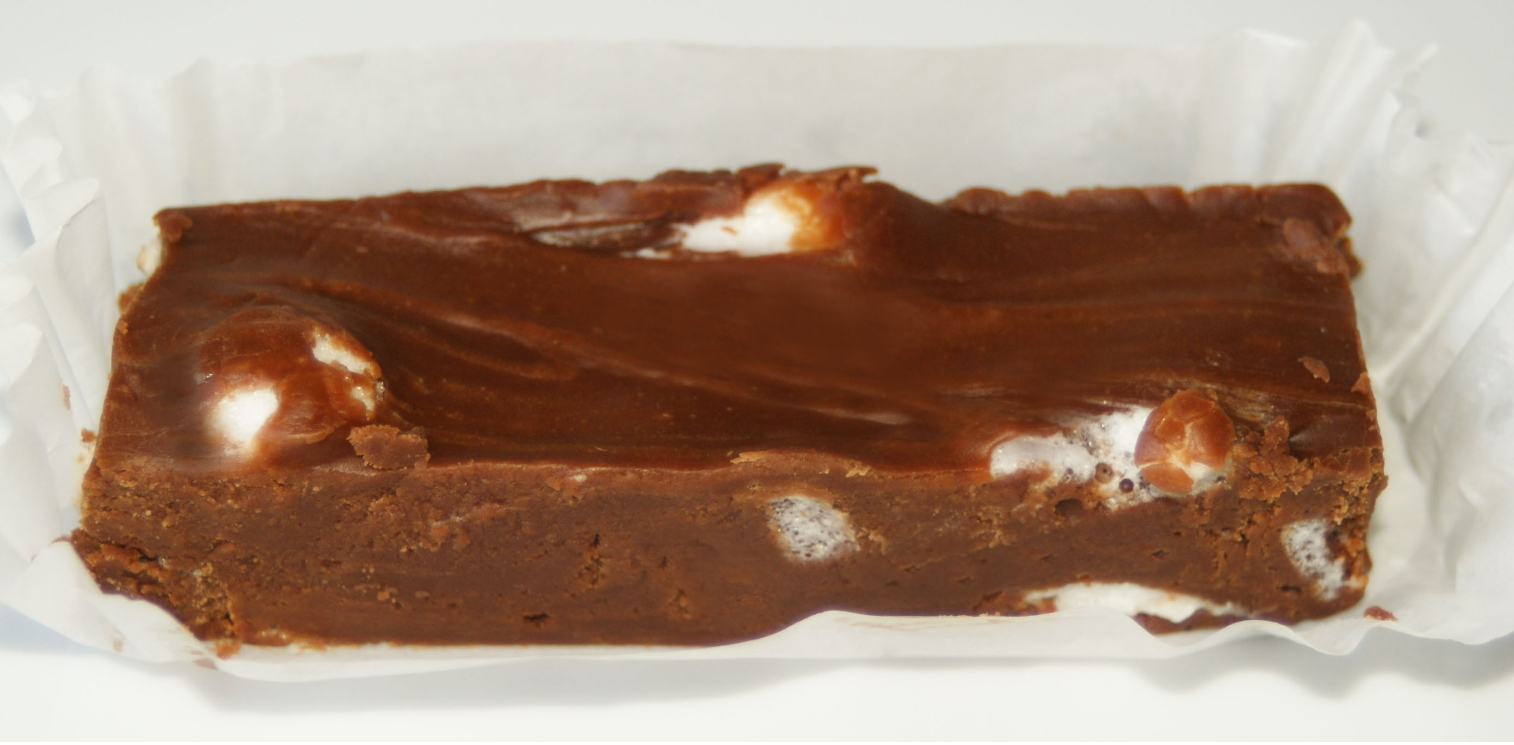 A good piece of fudge is a work of art.
A good piece of fudge is a work of art.
You can look at it and marvel at its construction. You can take a bite and revel in its flavor.
But if fudge is a work of art, making chocolate fudge is something of a science. Let’s take a look at how that science works.
So what is fudge, anyway?
Fudge is a crystalline candy. The key to a great piece of fudge is managing the crystallization of the sugar solution you’re using. The tiny microcrystals of sugar are what gives fudge it’s smooth texture. When you get those crystals to come together at just the right time, you’ve mastered the perfect batch of fudge.
Ironically, it may be a kitchen mishap that led to fudge’s original creation.
According to fudge lore, the first batch was created when someone “fudged” a recipe for caramel, hence the name “fudge.”
No one’s really sure where it came from, but the first known sale of fudge was apparently in 1886, when a student at Vassar College named Emelyn Hartridge bought some fudge from a grocer in Baltimore.
Two years later, she used the store’s recipe to sell fudge at Vassar’s senior auction, and it became a popular treat among women’s colleges, with Smith and Wellesley coming up with their own recipes.
The original Vassar recipe called for:
- 2 cups of granulated white sugar
- 1 cup cream
- 2 ounces chopped, unsweetened chocolate
- 1 tablespoon butter
Later recipes would add molasses and marshmallows, although some fudge purists say those ingredients aren’t necessary. (We are not among those people, as fans of Stutz’s chocolate marshmallow fudge will be happy to tell you.)
Controlling crystals, and the basics of fudge making
Here are the basic steps for fudge making.
- Dissolve sugar in your liquid ingredients, adding corn syrup to keep large sugar crystals from forming.
- Cook this mixture until it reaches what’s known as the soft ball stage, which means it’s at the point where if you drop the syruped sugar into cold water, it forms a ball.
- Allow your mixture to slowly cool.
- Stir the mixture to make small crystals.
When making fudge, heat and acid work together to convert sucrose – basic white sugar – into its two components, glucose and fructose. When these sugars are present, they prevent sucrose from turning into big sugar crystals.
Butter plays a similar role, controlling the sucrose molecules and keeping them from forming crystals. Another factor is temperature. Allowing the fudge mixture to cool too quickly – or letting the mixture become agitated during cooling – and crystals can begin forming.
Five generations of hand-made fudge in PA
Stutz has been making its fudge the old-fashioned way for close to 80 years, using recipes that were first honed in the 1930s. While we sell fudge year round, summertime is when our operations are at their peak, with an expanded line featuring at least 10 flavors.
Visit our website today to taste the art and science behind what we do.
One thought on “The Art and Science of Fudge Making”
Comments are closed.